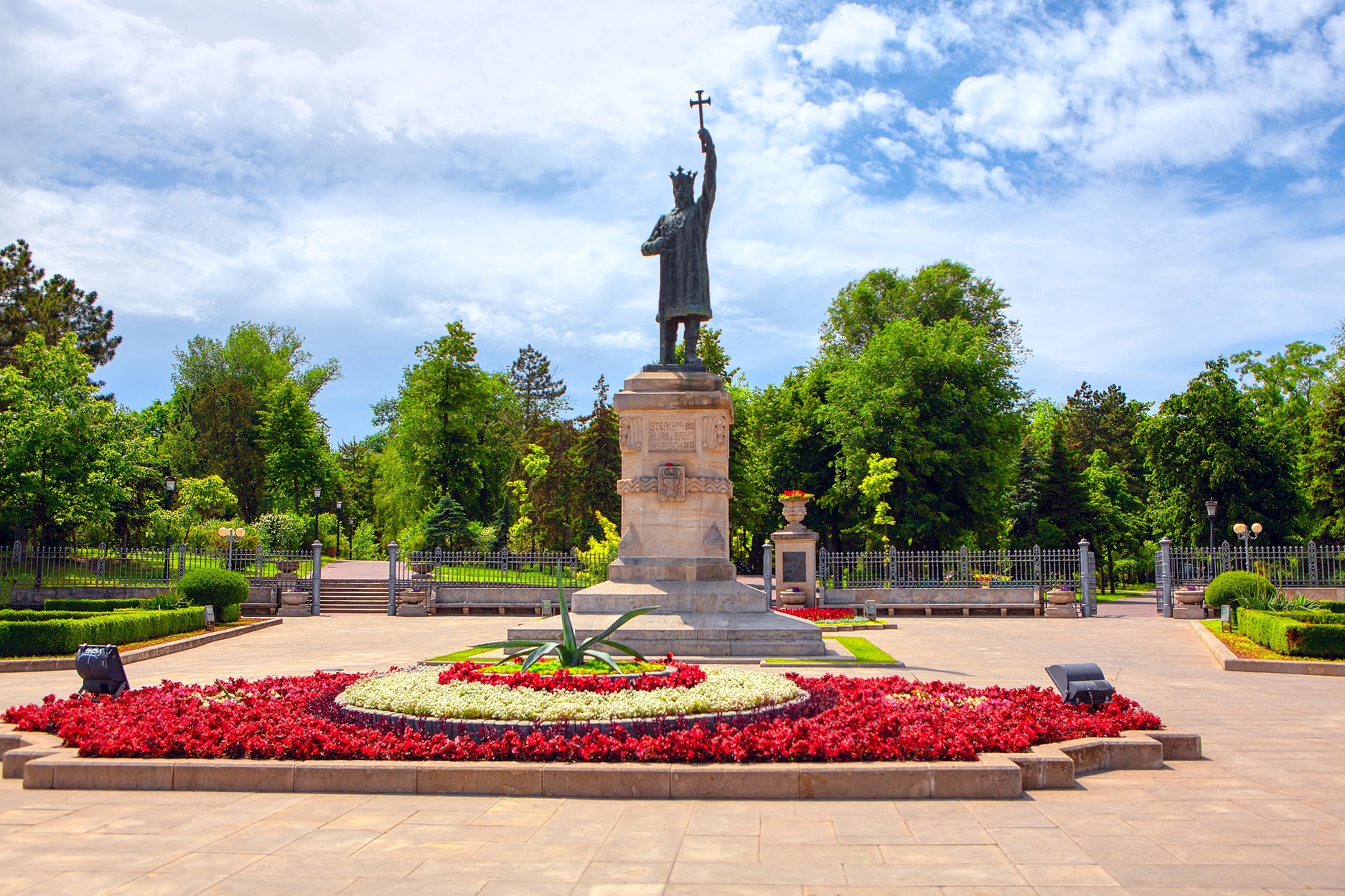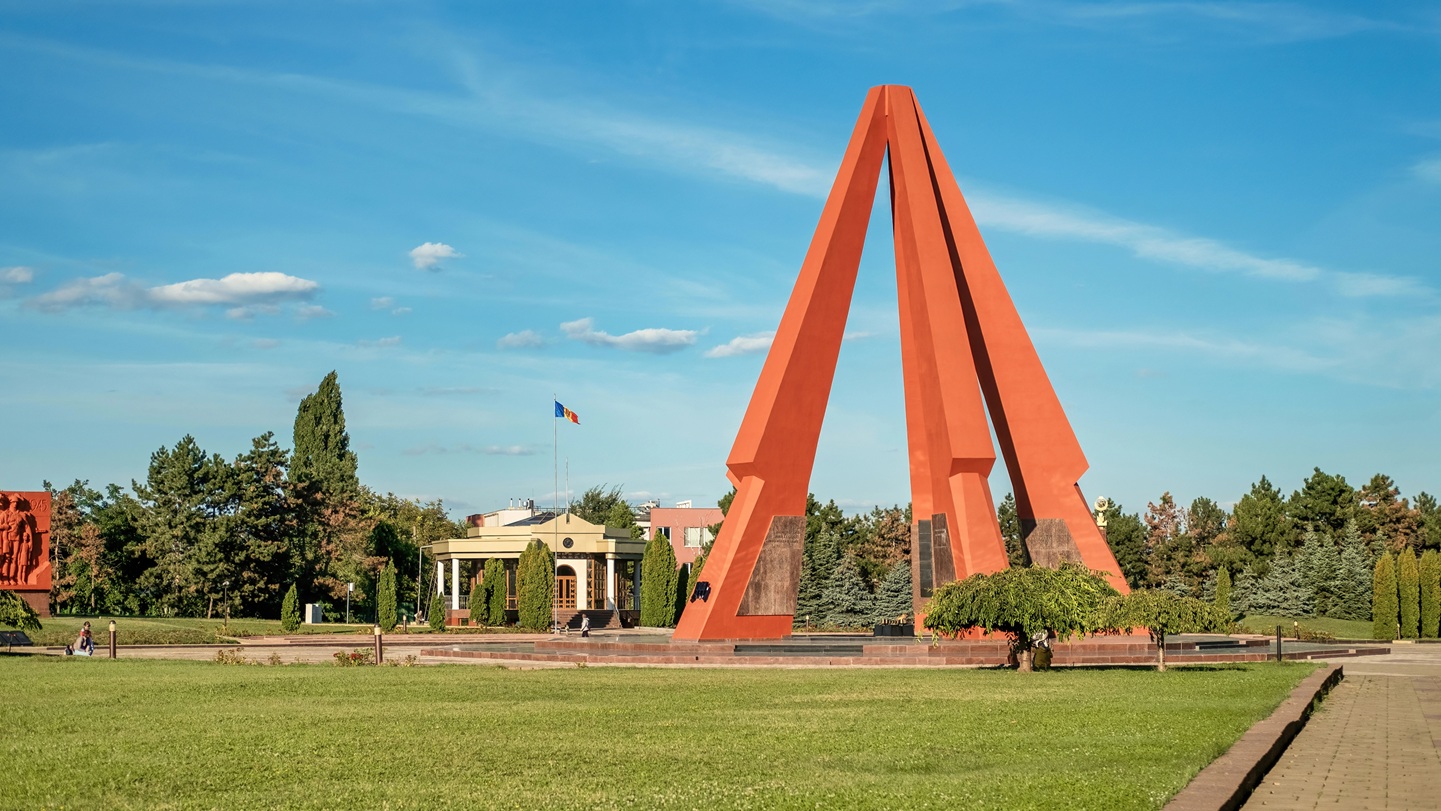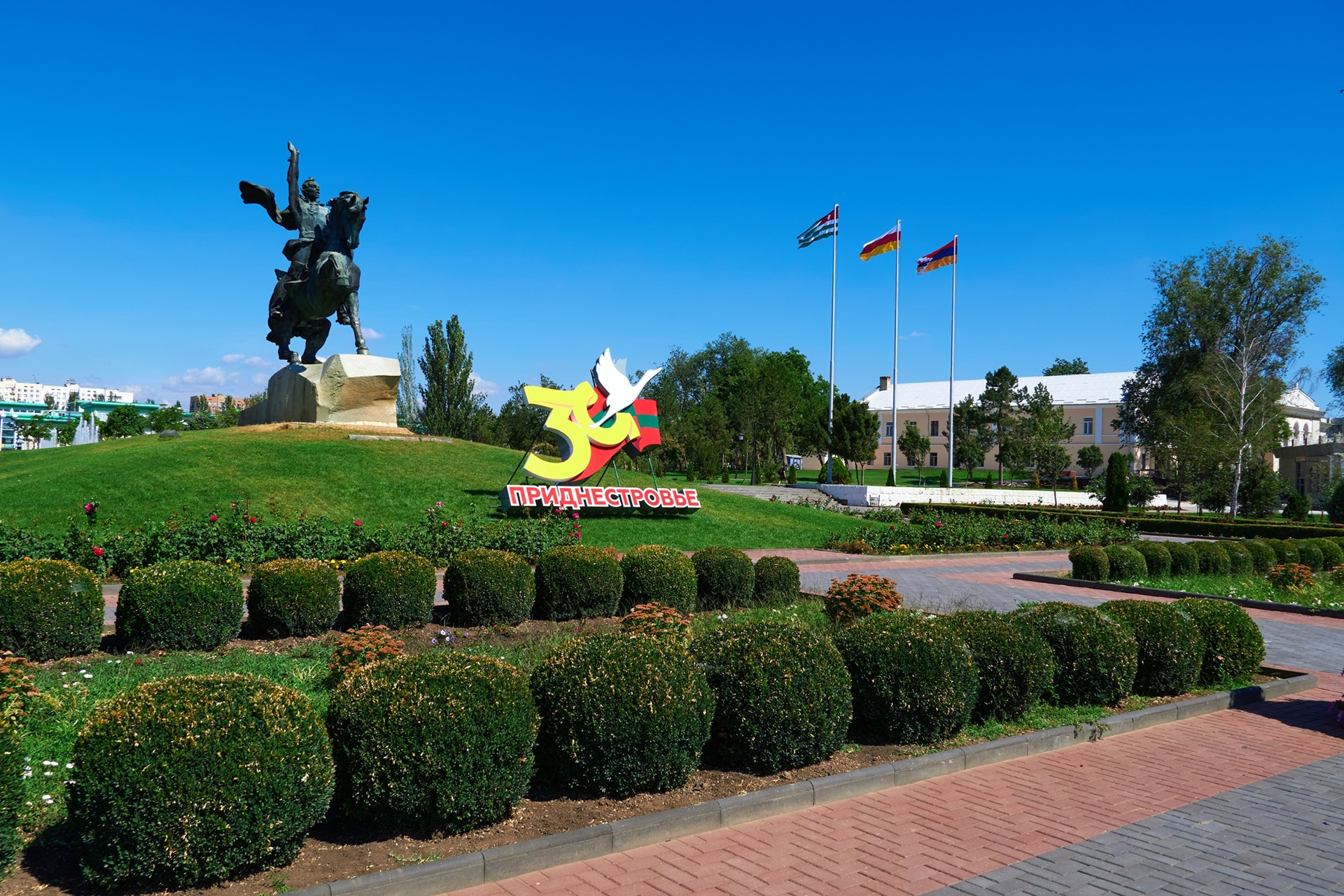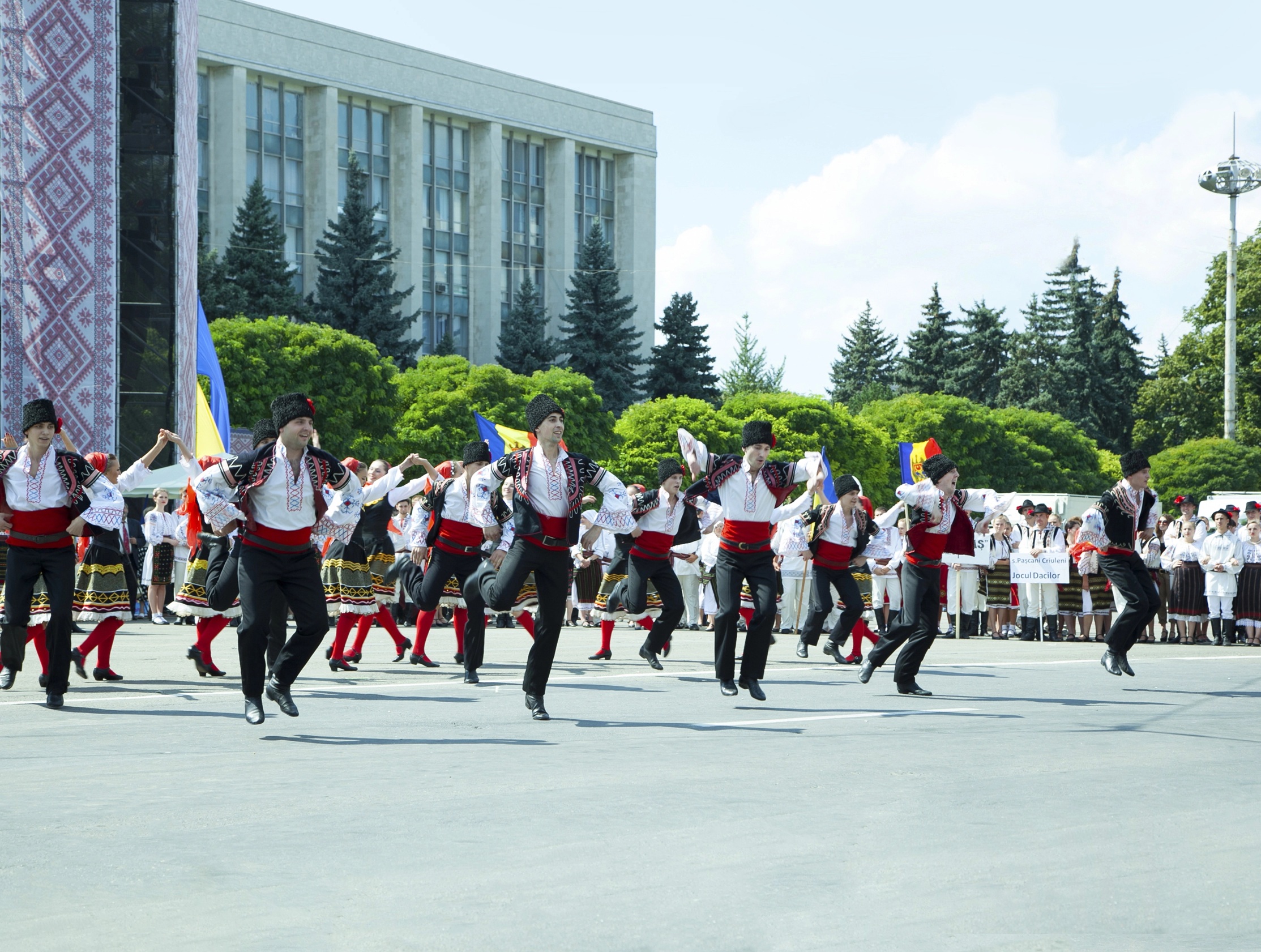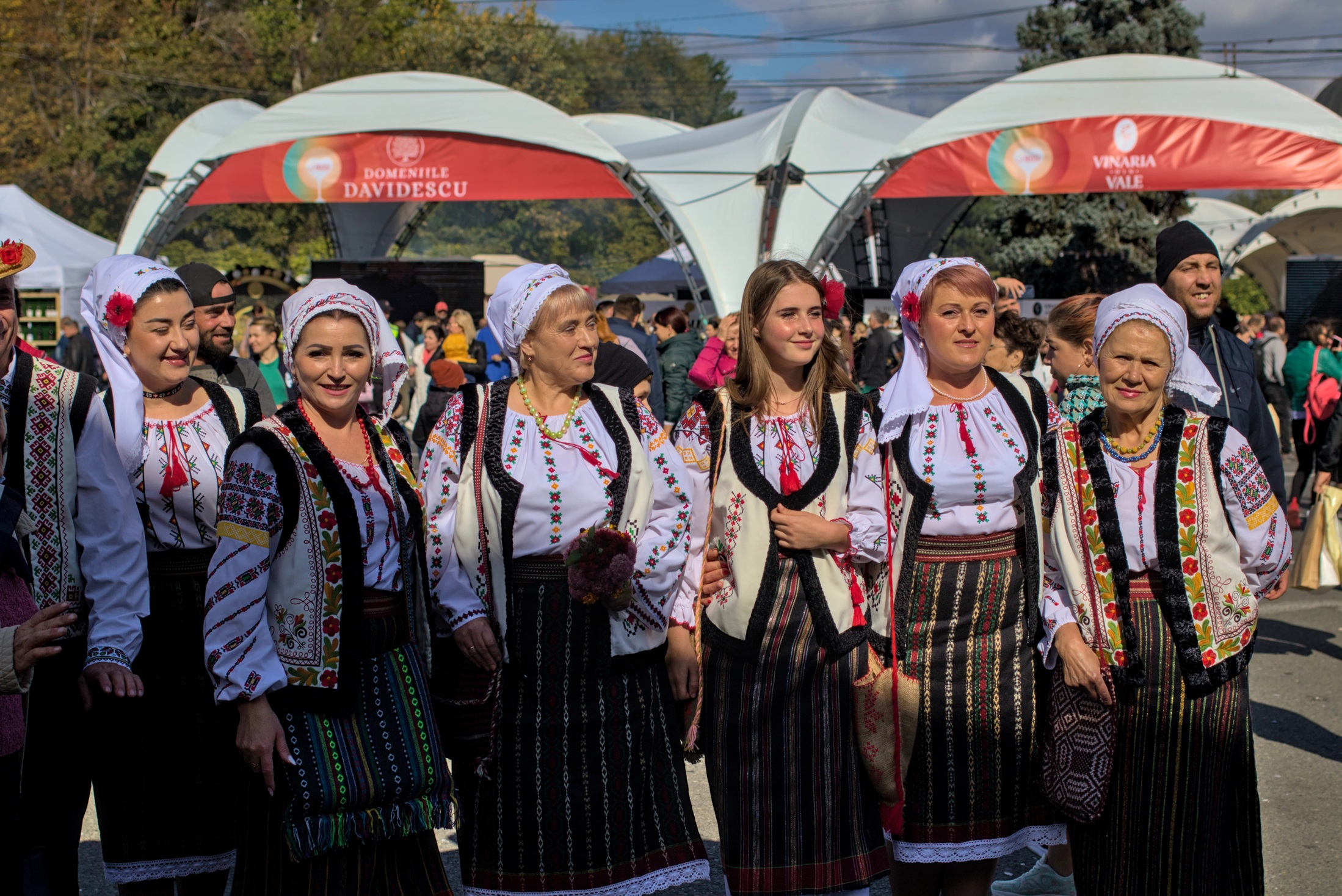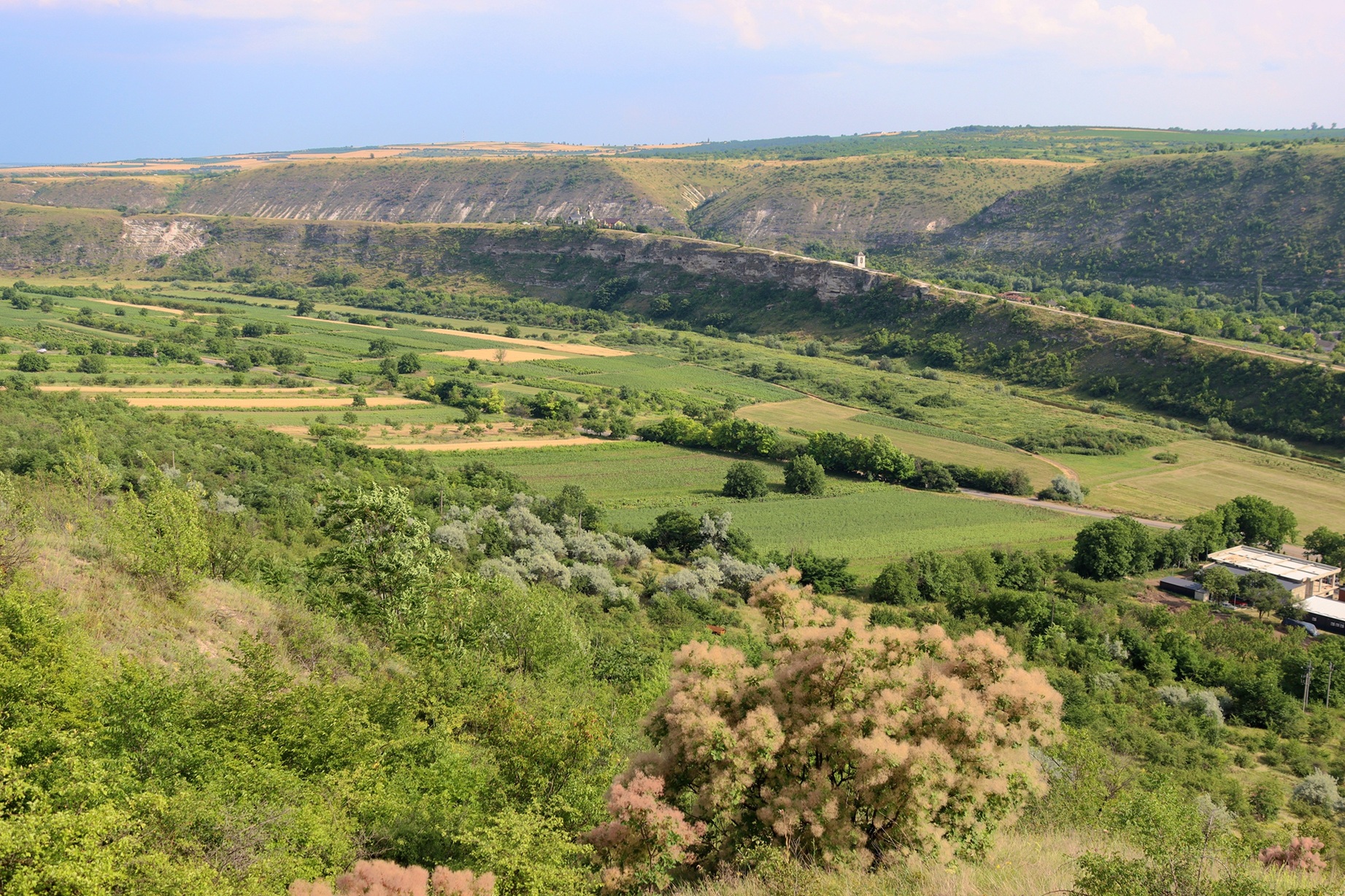Under the influence of great empires
After the death of Stefan the Great, Moldova became entangled in the power struggles of major empires. The Ottoman Empire imposed tribute, while the Polish-Lithuanian Commonwealth and later the Russian Empire expanded their influence. Moldova thus became a pawn of history: never fully independent, always balancing between powerful neighbors.
The Russian empire and Bessarabia
In the 19th century, Moldova was reshaped once again. The eastern part of the principality, known as Bessarabia, was annexed by the Russian Empire in 1812. The western part eventually became part of present-day Romania.
Under Russian rule, much changed. New towns were established, the Orthodox Church gained a prominent role, and the Russian language and culture spread. Yet the population strongly held on to the Romanian language and traditions, something still visible today.
The 20th Century: War and Soviet Rule
After the First World War, Bessarabia united with Romania, but in 1940 the Soviet Union under Stalin again claimed the territory. Moldova was merged with a strip of land along the Dniester River, and so the Moldavian Soviet Socialist Republic was created – one of the smallest republics of the USSR.
The Second World War brought immense destruction. Moldova was occupied by Nazi Germany, then recaptured by the Red Army. The Soviet period left deep marks: collectivization of agriculture, industrialization, but also oppression and deportations of thousands of Moldovans to Siberia.
Yet the Soviet era also brought changes still visible today: cities full of Soviet architecture, the use of the Russian language, and the development of heavy industry in places such as Tiraspol.
